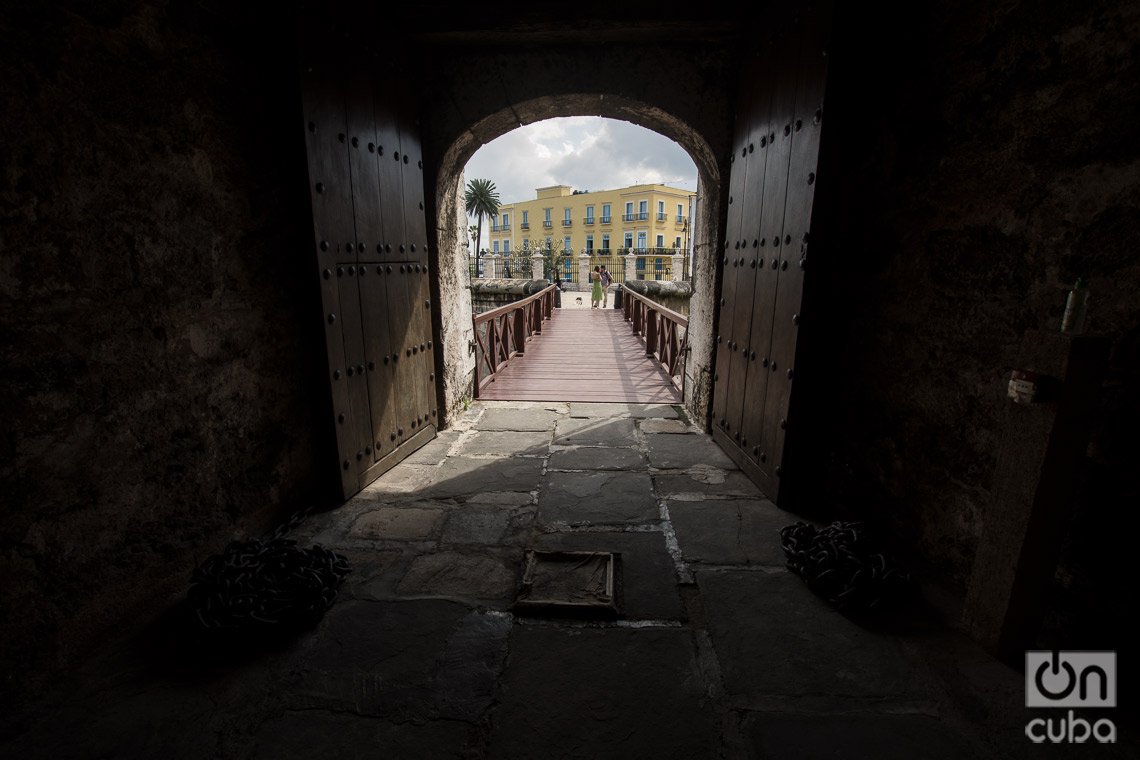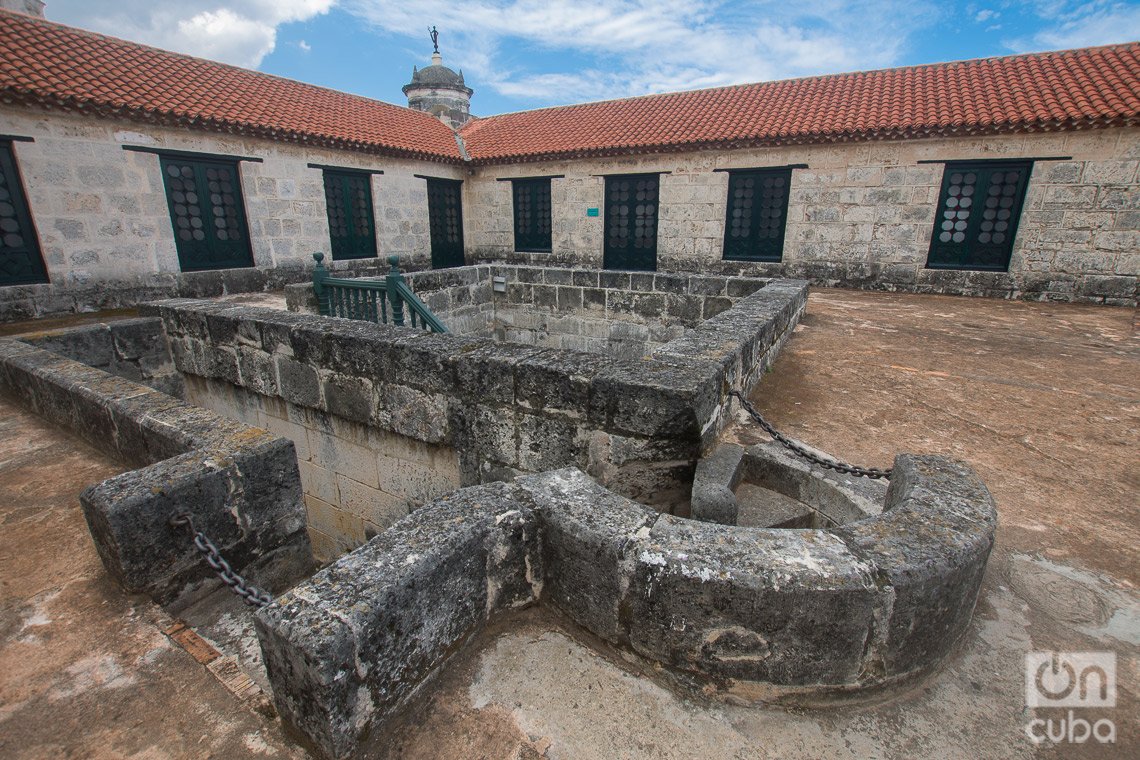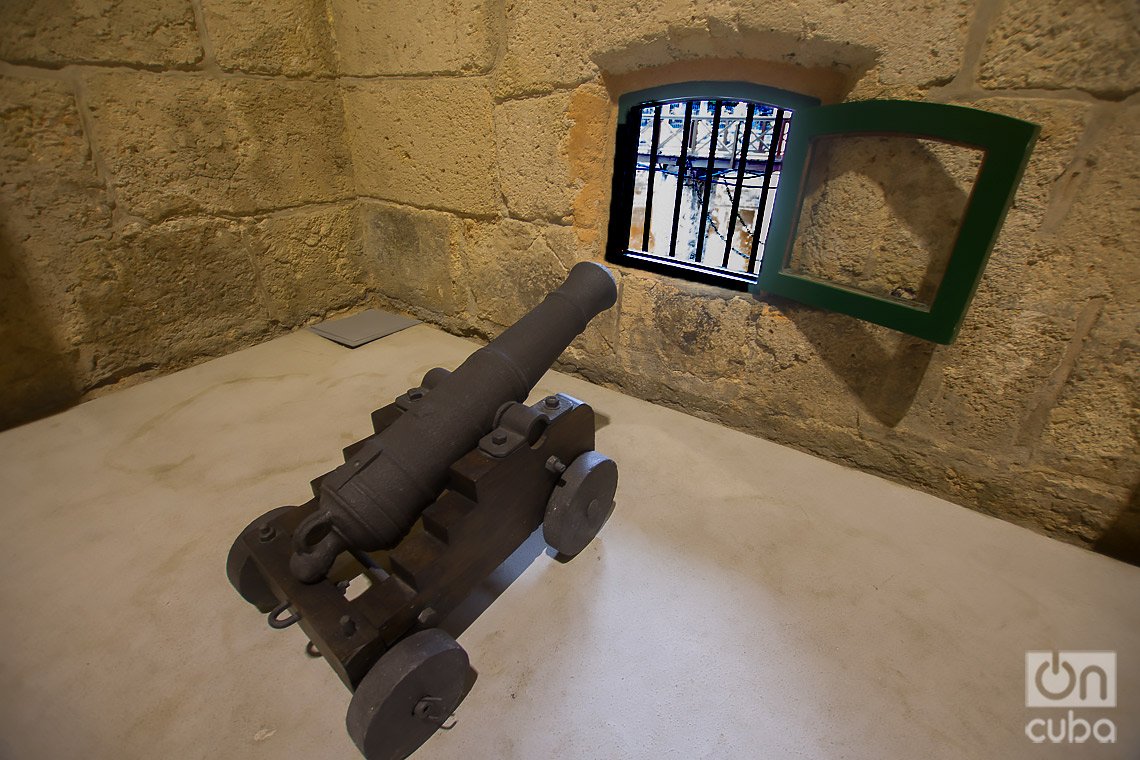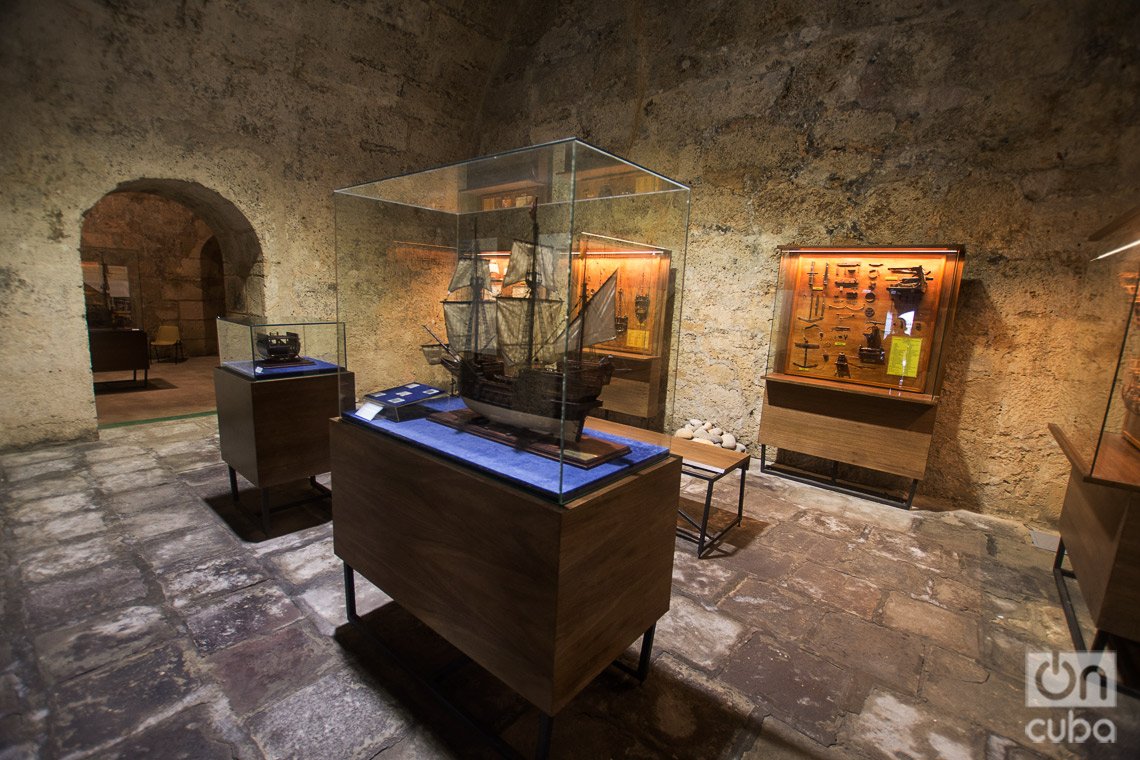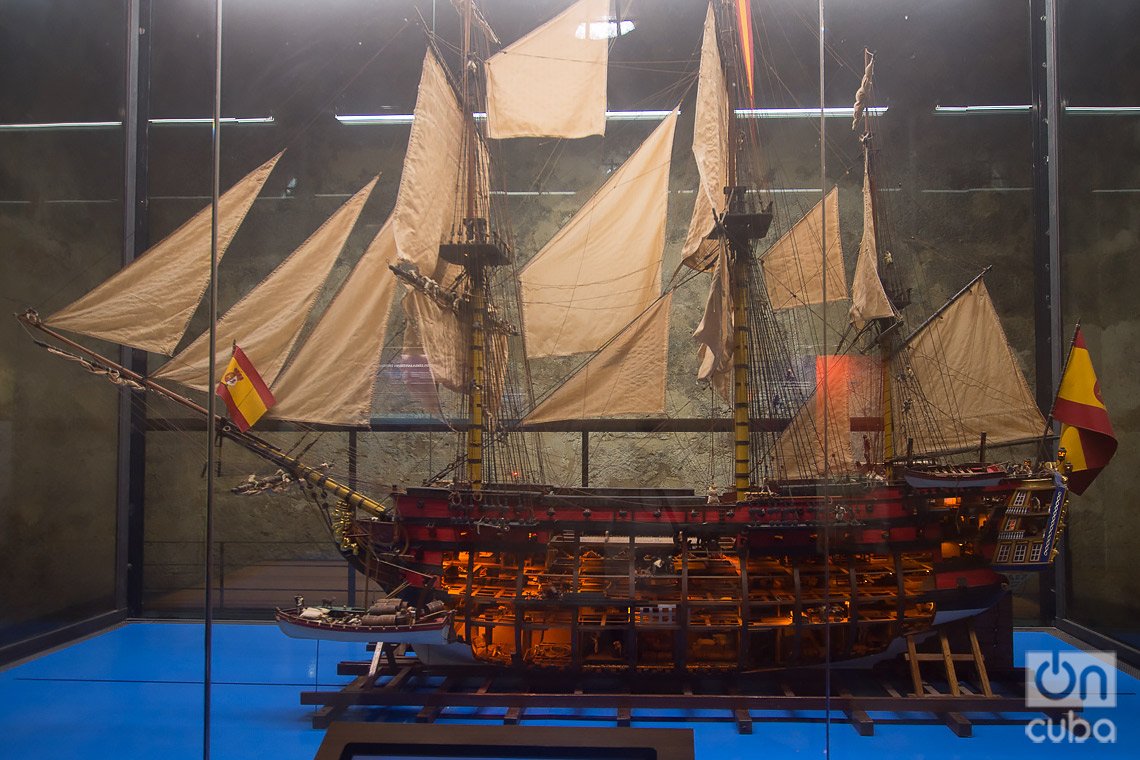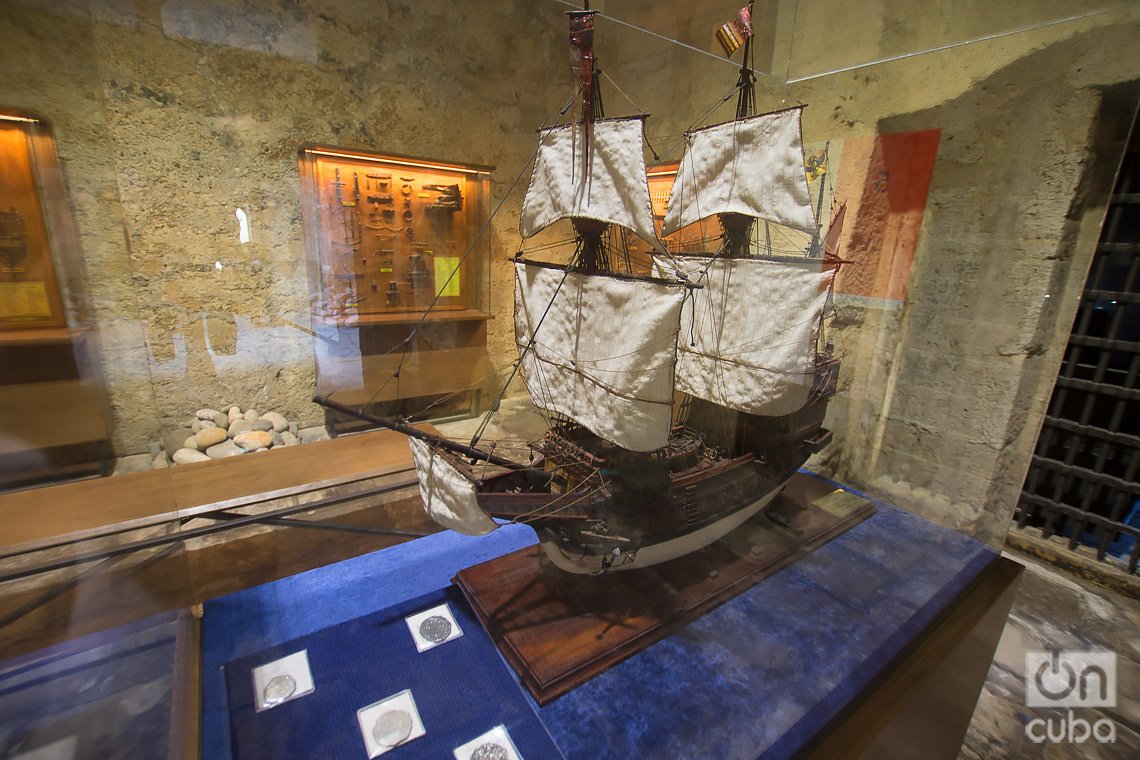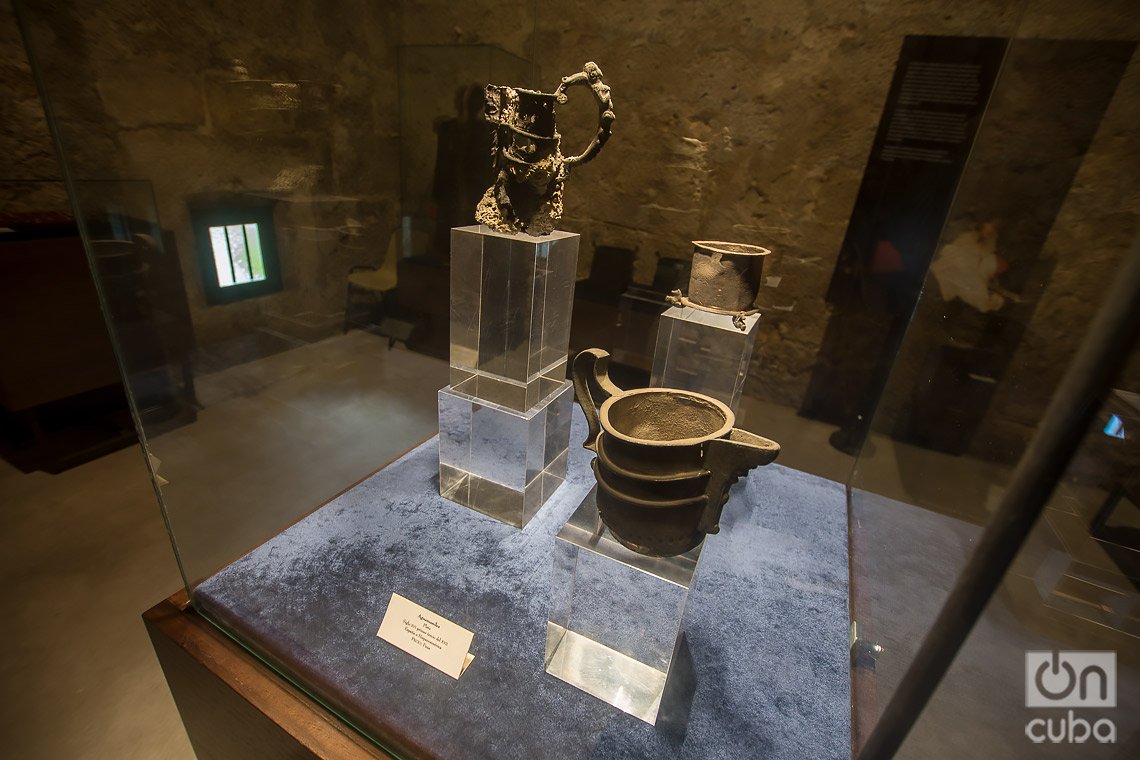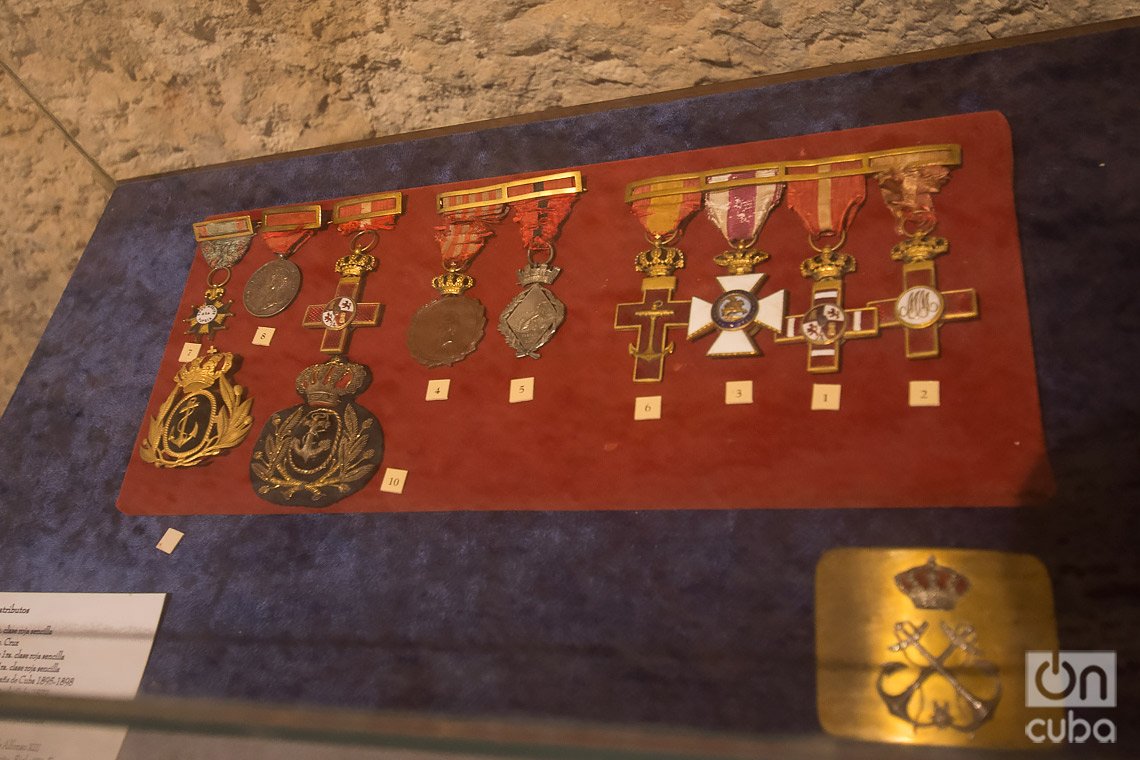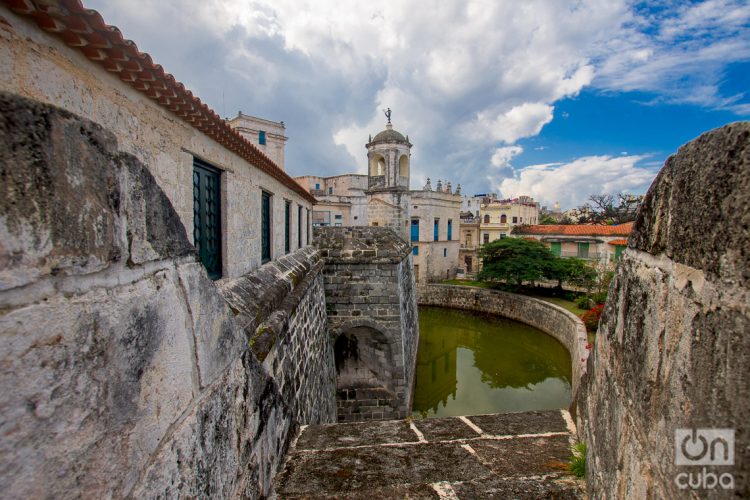For Havanans, it is enough to say “La Fuerza” to understand that we are talking about one of the city’s iconic sites, a building that has accompanied Havana since ancient times and on which its symbol par excellence stands: the Giraldilla.
It was in the 16th century, after the disastrous attack on the township commanded by French pirate Jacques de Sore, that the construction of the current Castillo de La Real Fuerza began, after the destruction of its predecessor, La Fuerza Vieja. The original works would take around 20 years, but would later be expanded with other extensions and modifications until it became what it is today.
The castle has a moat and a perimeter wall, and was built following the codes of Renaissance architecture, with a square floor plan divided into nine equal parts, topped by four regular bastions. The thickness of its walls also stands out, which sought to give the building greater resistance in the event of an attack with cannon fire, as happened during the capture of the city by the English in 1762.
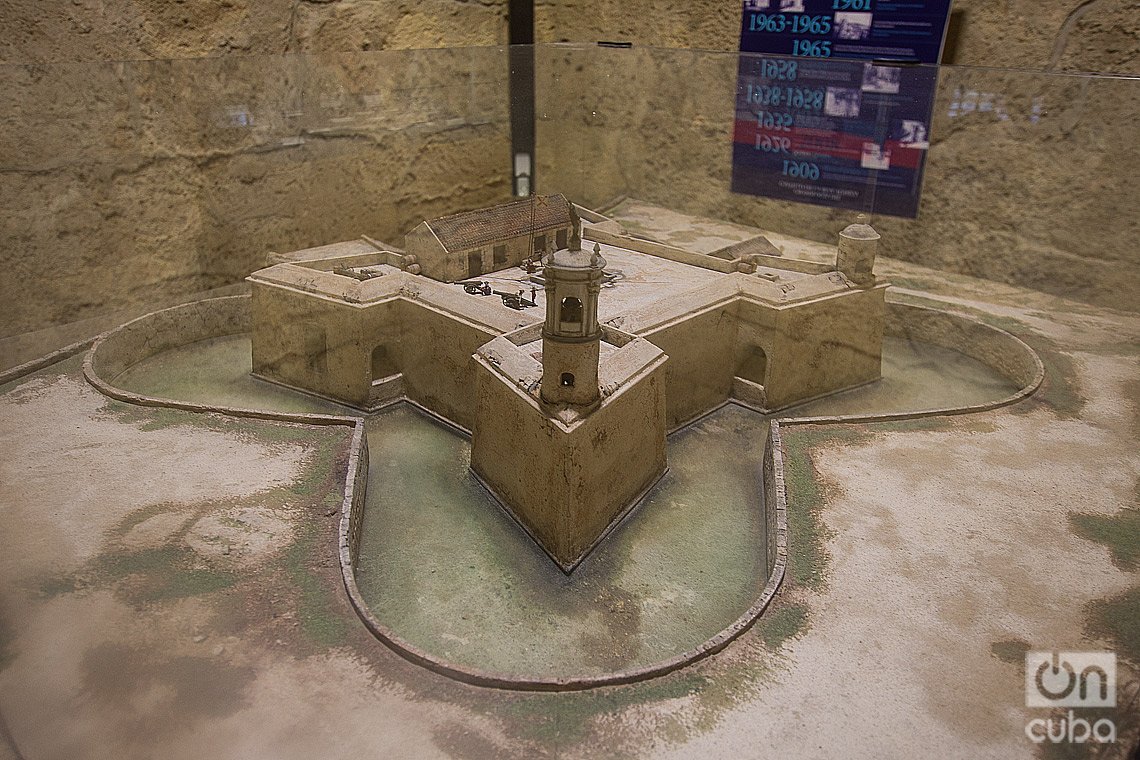
More than a century before, around 1630, one of its bastions would be placed on top: the Giraldilla. The bronze sculpture, the work of Jerónimo Martínez Pinzón, recalls the one located in the Giralda tower in Seville and, according to legend, is inspired by Doña Isabel de Bobadilla, conquistador Hernando de Soto’s patient and devoted wife, who vainly waited in Havana for his return from Florida.
This 110-centimeter-high weather vane, with the figure of a woman, holds in her right hand a palm tree whose trunk barely remains, and in her left, a pole with the Cross of Calatrava. The original work remained in place for centuries, until it was torn from its pedestal by a cyclone in 1926. It is currently preserved inside the castle, while its place is taken by a replica.
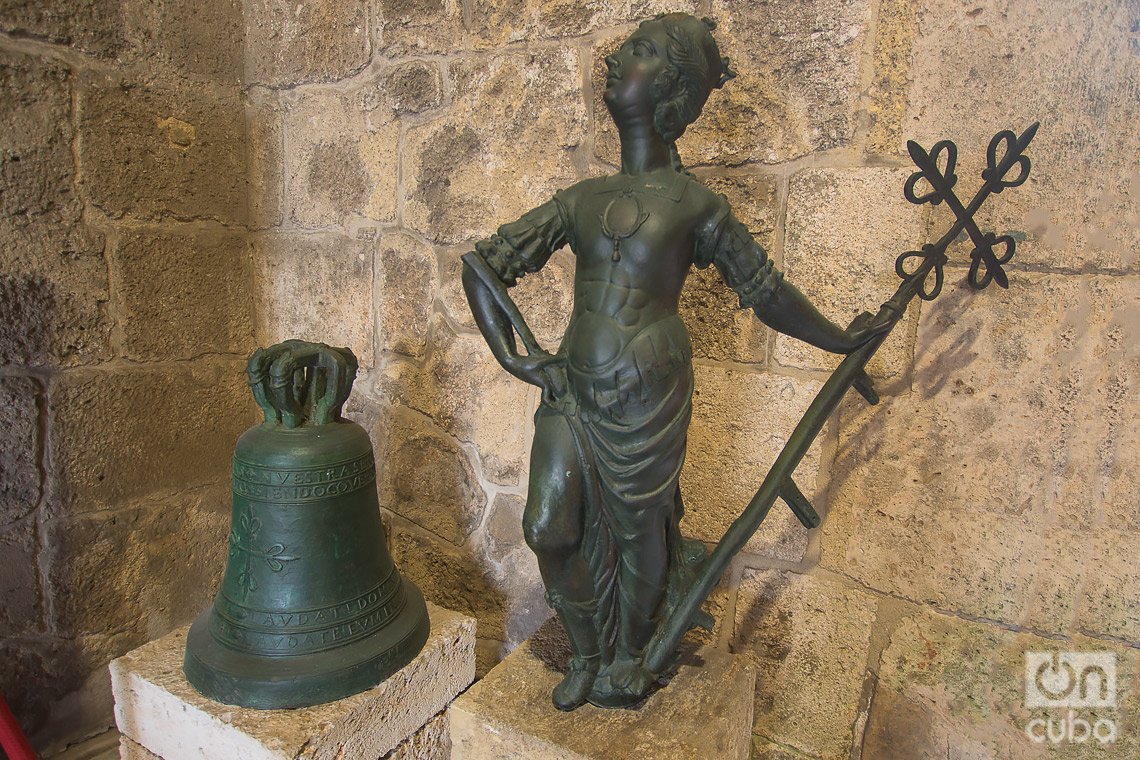
The Castillo de la Real Fuerza, which integrated the defensive system of colonial Havana together with fortifications such as those of Morro, La Punta and La Cabaña, served for years as the residence of the island’s governors and as a warehouse for the riches of the Americas on their way to Spain.
It would also serve as a barracks at different times in the history of Cuba, both in the colonial and republican periods, and was also the headquarters of the National Archive and Library. Already after 1959 it has housed several cultural institutions and museums, and has been a space for exhibitions and other artistic activities.
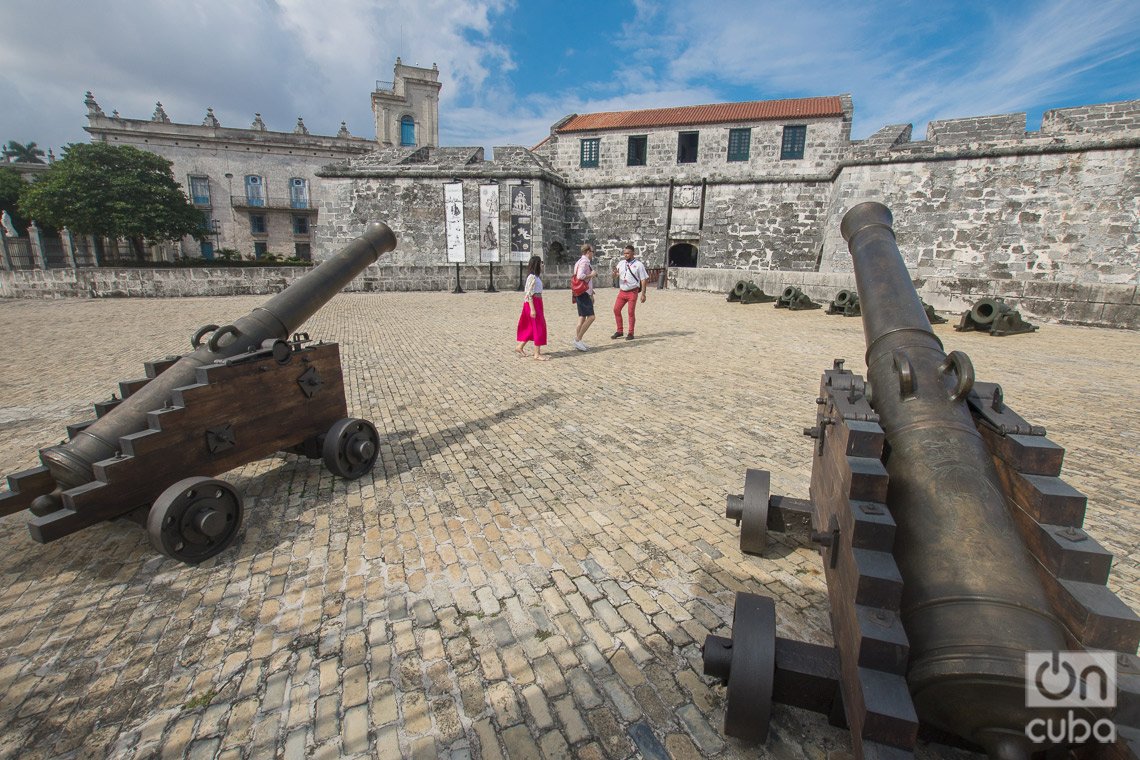
Currently, La Fuerza is a museum that, together with the original Giraldilla, tells its own story as a building and exhibits ancient instruments and tools, archaeological pieces resulting from finds on land and also in the sea. In tune with this, it offers visitors elements related to navigation in the area and the history of shipbuilding in Cuba during the colony, with ship models such as the famous Santísima Trinidad, known by the nickname “El Escorial de los Mares.”
With these attractions, the Castillo de la Real Fuerza is a must-see site for tourists, nationals and foreigners, with the added bonus of being part of the UNESCO World Heritage list along with the entire Historic Center of Havana. Its thick walls and towers shelter part of the history of the Cuban capital and give visitors the opportunity to discover it firsthand.

